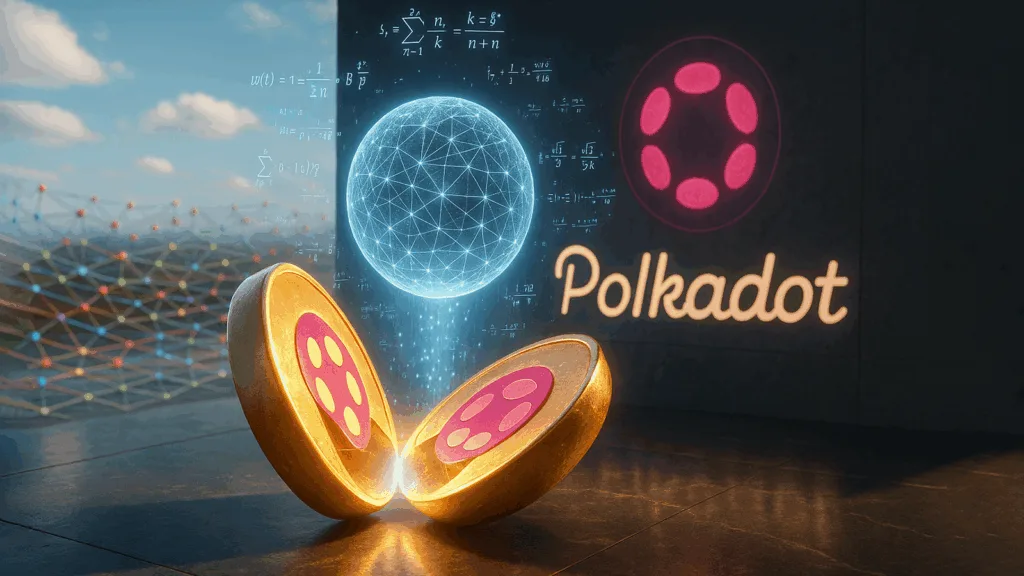- Polkadot community members are voting on a proposal to launch pUSD, an algorithmic stablecoin fully backed by DOT tokens.
- The stablecoin would leverage Acala’s Honzon protocol, offering optional interest-bearing features for holders.
- Algorithmic stablecoins remain controversial due to past failures and regulatory concerns, but pUSD aims to strengthen Polkadot’s ecosystem.
Polkadot community members are showing strong early support for a proposal to launch pUSD, a native algorithmic stablecoin fully backed by DOT tokens. The initiative was introduced by Bryan Chen, co-founder and CTO of Acala, a key protocol in the Polkadot ecosystem.
The proposed stablecoin would be algorithmic, overcollateralized with DOT, and use the ticker pUSD. It aims to leverage Acala’s Honzon protocol for decentralized stablecoin issuance and collateralized debt positions, reducing reliance on third-party stablecoins such as Tether’s USDT and Circle’s USDC.
Early voting shows significant support
At the time of writing, over three-quarters of votes cast support the proposal, with more than $5.6 million worth of DOT over 1.4 million tokens priced around $3.90 each already committed. The ballot remains open for over 24 days, giving community members additional time to participate.
Newsletter
Get weekly updates on the newest crypto stories, case studies and tips right in your mailbox.
Stablecoin design and intended benefits
The pUSD stablecoin would operate as an overcollateralized debt token backed entirely by DOT. An optional savings module would allow holders to lock stablecoins and earn interest generated from stability fees.
The goal is to strengthen the Polkadot ecosystem with a native stablecoin. Polkadot Hub should have a native DOT-backed stablecoin because people need it, and otherwise it will haemorrhage benefits, liquidity, and/or security.
Unlike fiat-backed stablecoins, algorithmic stablecoins rely on on-chain digital assets and smart contracts to maintain their peg, using programmed economic incentives rather than centralized collateral.
Algorithmic stablecoins remain controversial
Algorithmic stablecoins have faced skepticism, particularly after the collapse of TerraUSD (UST), which caused significant disruption in the crypto ecosystem. Nevertheless, they continue to attract attention for their potential to enable decentralized and permissionless designs.
Ki Young Ju, CEO of crypto analytics firm CryptoQuant, noted that such stablecoins could allow the creation of “dark stablecoins” that may operate outside regulatory frameworks, highlighting ongoing regulatory and security concerns.













